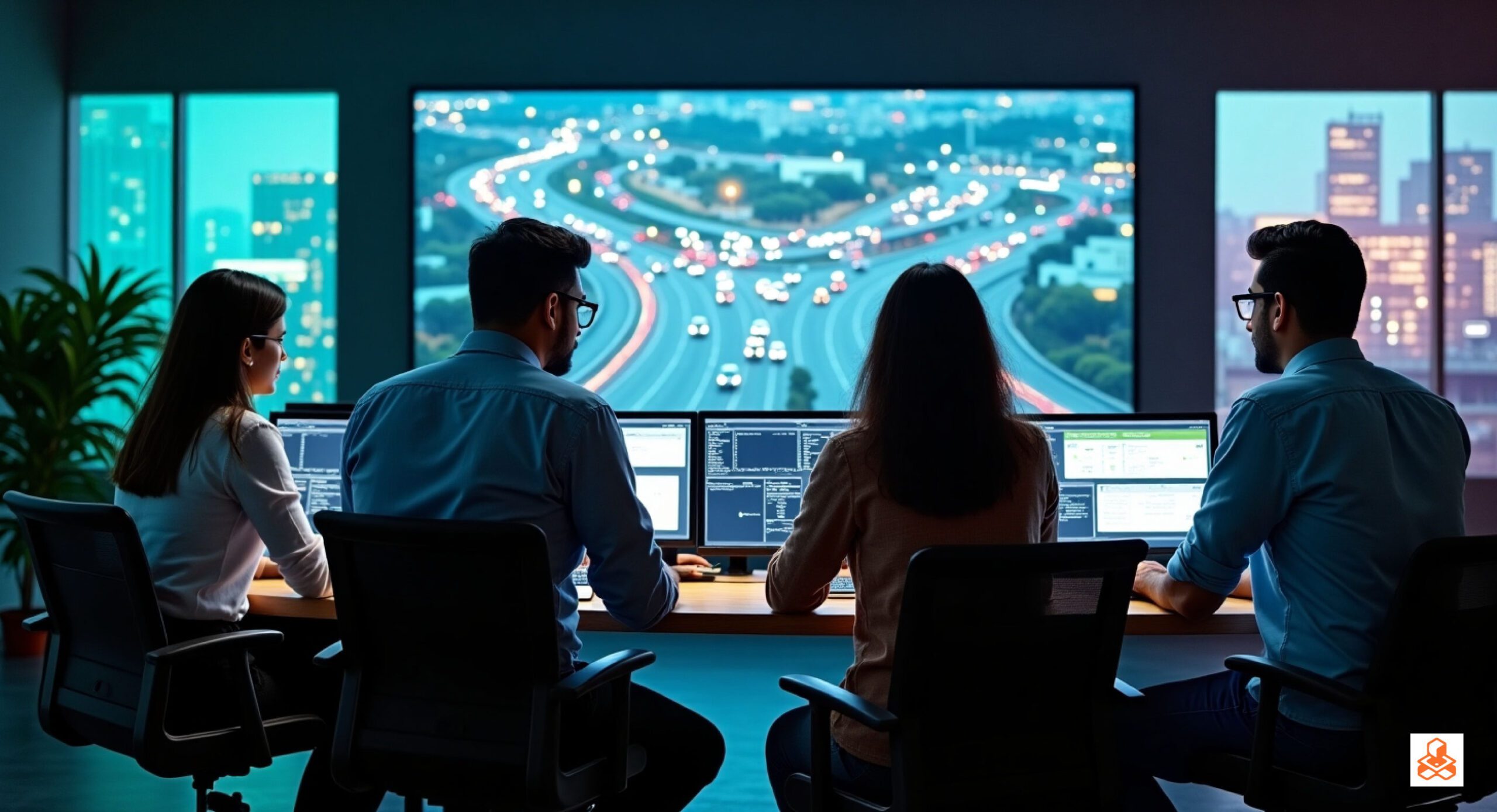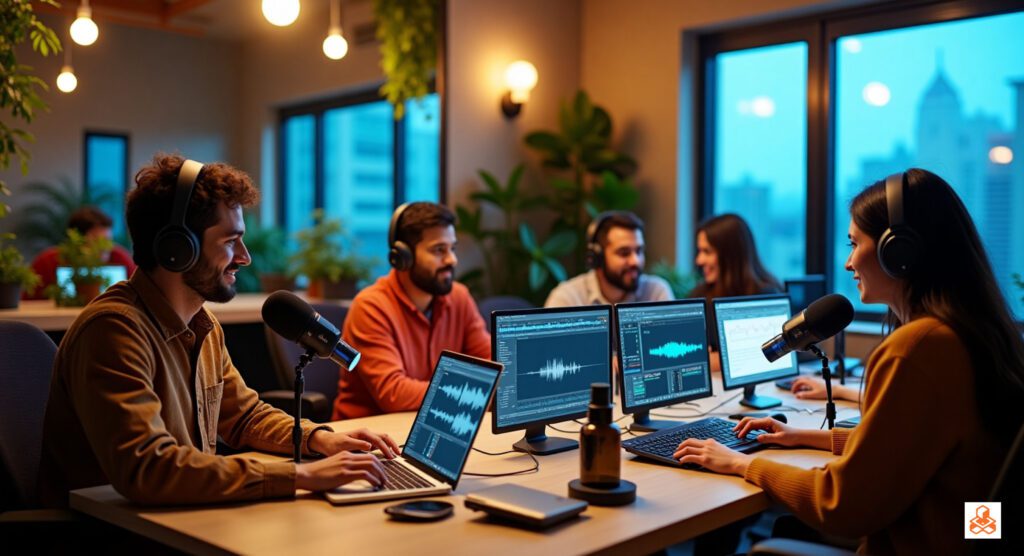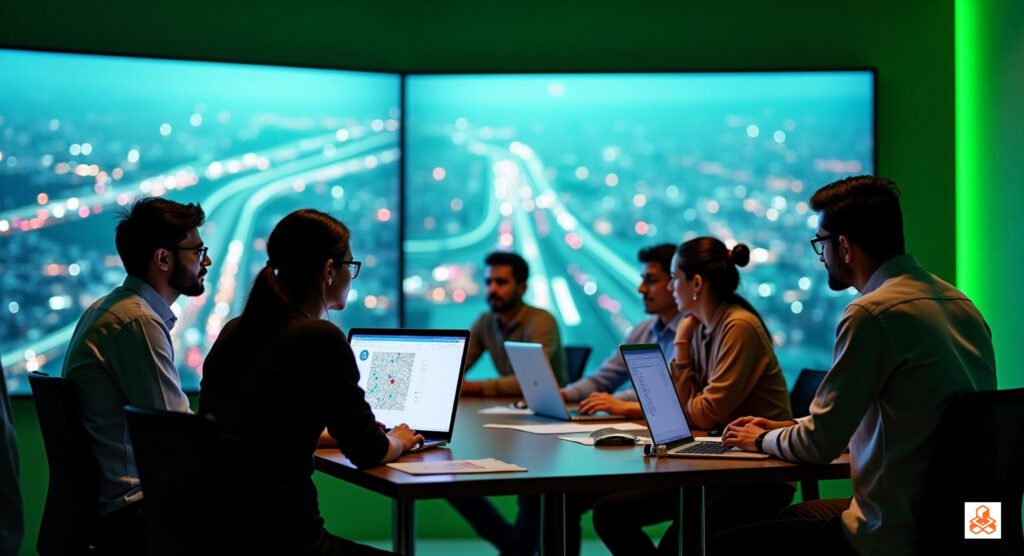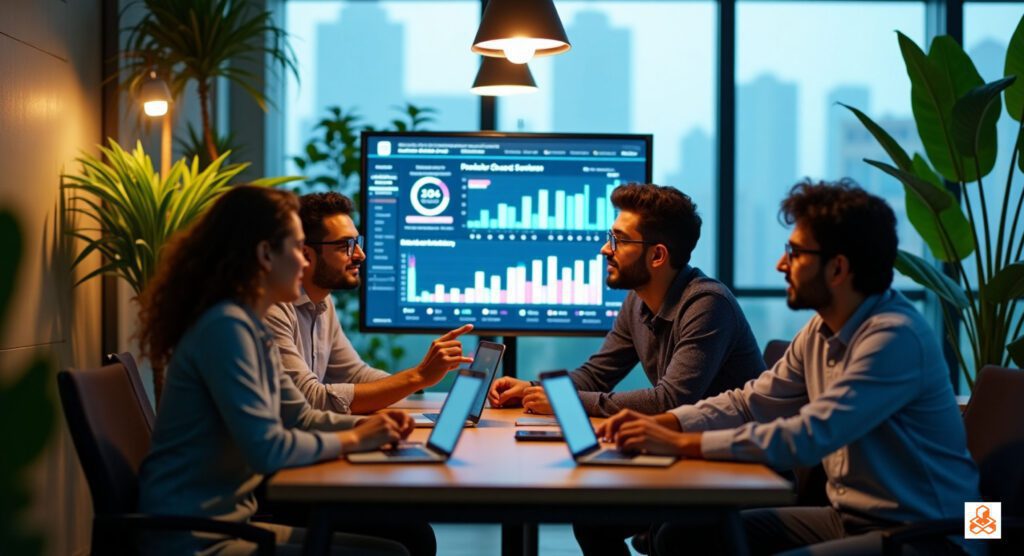In 2025, localized AI processing is transforming traffic management in India’s bustling cities like Bengaluru, Mumbai, and Delhi, where congestion costs ₹1.47 lakh crore annually (Economic Times, 2024). With 100,000 startups driving tech innovation (MSME Ministry, 2024) and 70% of India’s population embracing digital solutions (Knight Frank, 2024), localized AI—processing data at the edge rather than in distant cloud servers—optimizes traffic flow, reduces delays, and enhances safety. As India’s 100+ smart cities expand (Smart Cities Mission, 2025) and 60.1% of the population is digitally included (RBI, 2024), these solutions align with the Digital India initiative and 3,500 IGBC-certified green projects (FICCI, 2024).
Why Localized AI Processing Matters for Traffic Management in 2025
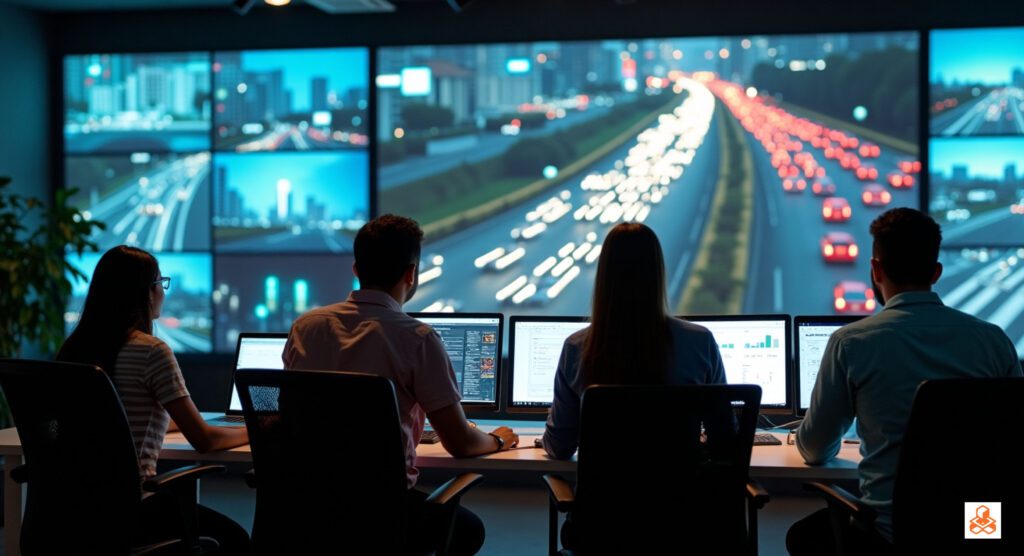
Localized AI, or edge AI, processes data on devices like traffic cameras or IoT sensors, enabling real-time decisions without relying on cloud connectivity. In India, where urban traffic grows 7% annually (IBEF, 2024) and 23,158 cyber incidents were reported in 2023 (CNBC TV18, 2024), edge AI reduces latency, enhances data privacy, and cuts costs by 20% compared to cloud-based systems (Financial Express, 2024). With a 6.5% GDP growth rate (UJA, 2025) and 50% of global UPI transactions occurring in India (NPCI, 2024), localized AI optimizes traffic signals, predicts congestion, and supports eco-friendly urban mobility for 63 million MSMEs (MSME Ministry, 2024) and commuters in cities like Pune and Hyderabad.
As an AI and urban mobility expert, I’ve advised smart city projects on efficient traffic solutions. This guide explores seven key applications of localized AI for traffic management in 2025 India, offering actionable insights for implementation.
Top Localized AI Applications for Traffic Management
1. Real-Time Traffic Signal Optimization
Edge AI adjusts traffic signals dynamically based on real-time vehicle data, reducing delays by 25% in Bengaluru (Smart Cities Mission, 2025). IoT-enabled signals with NVIDIA Jetson (₹50,000–₹1 lakh, NVIDIA, 2025) process data locally, ensuring responsiveness in congested areas.
Actionable Tip: Explore edge AI hardware at nvidia.com.
2. Predictive Congestion Analysis
Localized AI analyzes camera feeds to predict traffic bottlenecks, cutting congestion by 20% in Mumbai (The Hindu, 2024). Systems like Intel’s OpenVINO (free–₹50,000, Intel, 2025) enable edge devices to forecast peak hours, aiding commuters and logistics firms.
Actionable Tip: Use OpenVINO tools at intel.com/openvino.
3. Smart Parking Guidance
Edge AI on parking sensors guides drivers to available spaces, reducing circling time by 30% in Delhi (FICCI, 2024). Solutions like Bosch’s IoT sensors (₹10,000–₹50,000, Bosch, 2025) process data locally, integrating with apps for real-time updates.
Actionable Tip: Explore smart parking tech at bosch-mobility.com.
4. Incident Detection and Response
AI-powered cameras detect accidents or road hazards instantly, enabling 15% faster emergency response in Hyderabad (Economic Times, 2024). Edge devices with TensorFlow Lite (free, Google, 2025) process video feeds locally, ensuring privacy under the DPDP Act, 2023.
Actionable Tip: Implement TensorFlow Lite at tensorflow.org/lite.
5. Pedestrian and Cyclist Safety
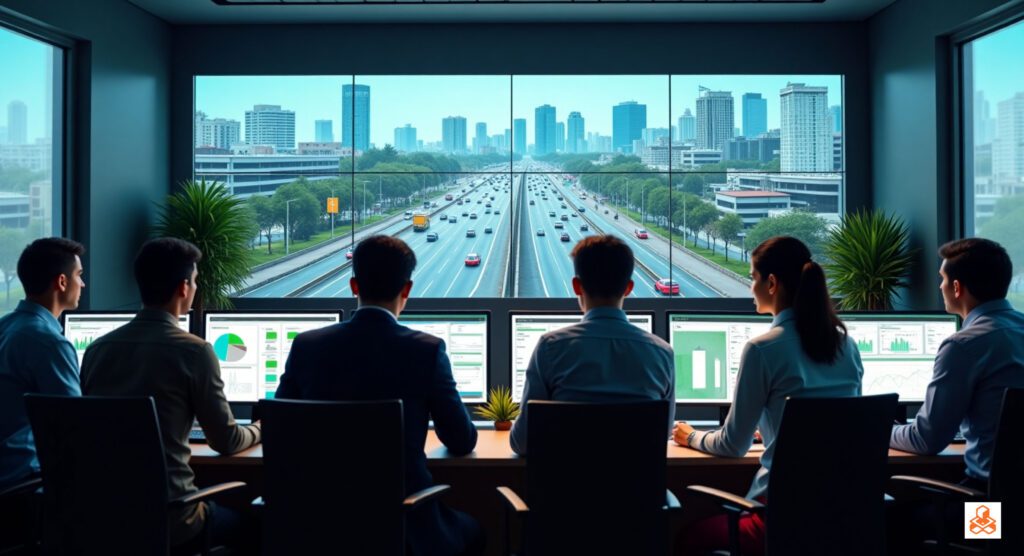
Localized AI monitors pedestrian crossings and bike lanes, reducing accidents by 20% in Chennai (Financial Express, 2024). Edge-based systems like Raspberry Pi with AI modules (₹5,000–₹15,000, Raspberry Pi, 2025) alert drivers to vulnerable road users.
Actionable Tip: Source edge devices at raspberrypi.com.
6. Fleet Management for Logistics
Edge AI optimizes routes for delivery fleets, saving 15% in fuel costs for India’s $1 trillion e-commerce market (Economic Times, 2024). In Pune, systems like Qualcomm’s Snapdragon IoT (₹20,000–₹50,000, Qualcomm, 2025) process GPS data locally for real-time routing.
Actionable Tip: Explore Snapdragon IoT at qualcomm.com.
7. Environmental Monitoring
Localized AI tracks vehicle emissions via sensors, supporting India’s 40% renewable energy goal (CEA, 2024). In Ahmedabad, edge devices with AWS IoT Greengrass (₹10,000/month, AWS, 2025) analyze air quality, promoting greener urban mobility.
Actionable Tip: Use AWS IoT Greengrass at aws.amazon.com/greengrass.
Localized AI Traffic Applications Table 2025
| Application | Cost (₹) | Key Benefits | Impact in India |
|---|---|---|---|
| Traffic Signal Optimization | 50,000–1 lakh | 25% less delay | Eases Bengaluru congestion |
| Predictive Congestion | Free–50,000 | 20% less congestion | Improves Mumbai traffic flow |
| Smart Parking | 10,000–50,000 | 30% less circling time | Enhances Delhi parking efficiency |
| Incident Detection | Free–50,000 | 15% faster emergency response | Boosts Hyderabad safety |
| Pedestrian Safety | 5,000–15,000 | 20% fewer accidents | Protects Chennai road users |
Benefits of Localized AI in Traffic Management
- Efficiency: Reduces traffic delays by 20–25% in urban areas (Smart Cities Mission, 2025).
- Cost Savings: Cuts logistics fuel costs by 15% (Economic Times, 2024).
- Safety: Lowers accidents by 20% for pedestrians and cyclists (Financial Express, 2024).
- Sustainability: Supports 3,500 green projects with emission monitoring (FICCI, 2024).
Actionable Tip: Start with TensorFlow Lite for affordable incident detection pilots.
